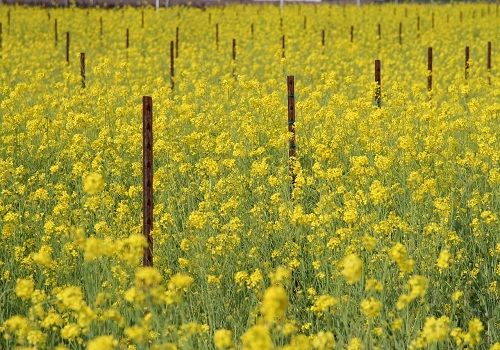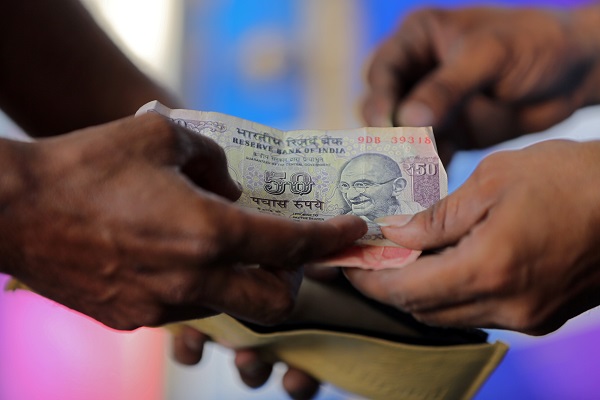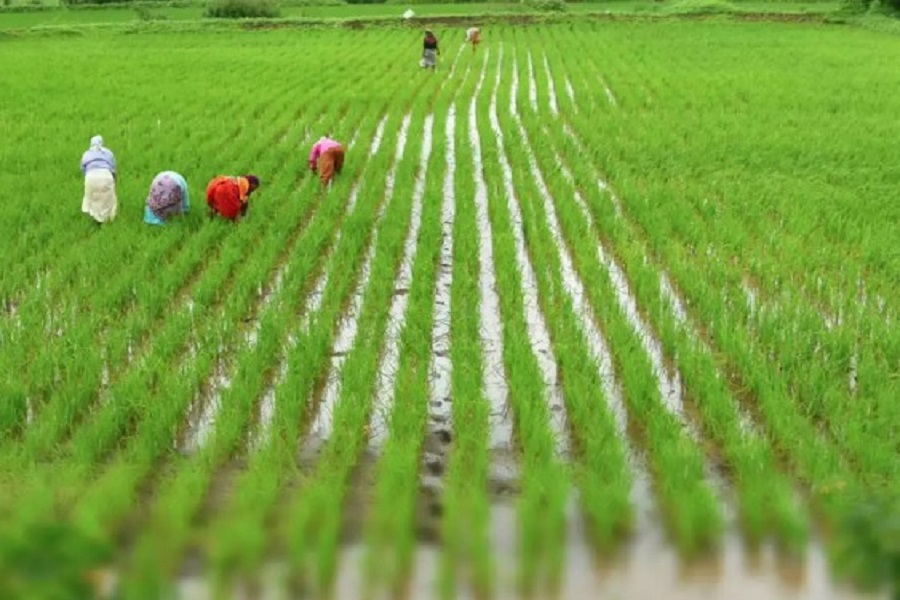Record Foodgrain and Mustard Production Boosts Agricultural Growth in 2023-24 By Amit Gupta, Kedia Advisory

India achieved record foodgrain production of 3322.98 LMT in 2023-24, a significant increase of 26.11 LMT over the previous year. Major crops like rice and wheat saw historic highs, with rice production at 1378.25 LMT and wheat at 1132.92 LMT. Rapeseed and mustard also reached a record output of 132.59 LMT. Despite drought-like conditions in southern states and prolonged dry spells in Rajasthan, which impacted pulses, coarse cereals, soybean, and cotton, the overall agricultural performance was robust. The introduction of the Digital General Crop Estimation Survey (DGCES) improved yield estimates, ensuring transparency and accuracy across major states.
Key Highlights
* India achieves record foodgrain production of 3322.98 LMT in 2023-24.
* Rice and wheat production reach historic highs of 1378.25 LMT and 1132.92 LMT, respectively.
* Rapeseed and mustard production hit a record 132.59 LMT.
* Drought-like conditions impacted pulses, coarse cereals, soybean, and cotton yields.
* The new Digital General Crop Estimation Survey (DGCES) ensured more accurate yield estimates.
India has achieved a remarkable feat in agricultural production in the 2023-24 season, with foodgrain production reaching an all-time high of 3322.98 LMT. This represents an increase of 26.11 LMT over the previous year, driven by record harvests of key staples like rice, wheat, and mustard. According to the Ministry of Agriculture and Farmers' Welfare, these estimates have been meticulously compiled based on state data, remote sensing, and crop cutting experiments (CCEs) conducted across the country.
Rice and wheat, two of the most important staples in India, have reached unprecedented production levels. Rice production surged to 1378.25 LMT, up by 20.70 LMT from the previous year, while wheat reached a historic 1132.92 LMT, surpassing last year's yield by 27.38 LMT. These impressive results are largely attributed to favorable growing conditions and advancements in agricultural technology.
In addition to foodgrains, rapeseed and mustard production also saw a significant boost, hitting a record 132.59 LMT. However, not all crops fared equally well. Drought-like conditions, especially in southern states like Maharashtra and prolonged dry spells in Rajasthan during August, had a detrimental effect on the Rabi season, particularly on pulses, coarse cereals, soybean, and cotton yields.
The introduction of the Digital General Crop Estimation Survey (DGCES) system played a crucial role in ensuring the transparency and accuracy of the yield estimates. This system, which was implemented across major states, provided a robust foundation for crop data collection and validation.
Finally
India's agricultural success in 2023-24, marked by record production of foodgrains and mustard, reflects the sector's resilience and improved estimation methods despite challenges like drought and moisture stress.
Above views are of the author and not of the website kindly read disclaimer
























